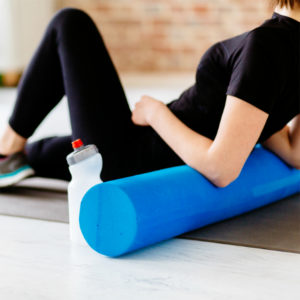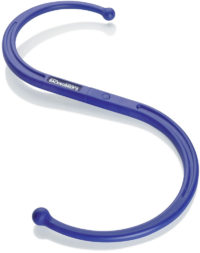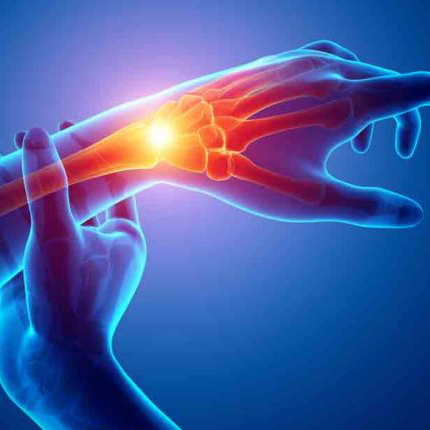
What Type of Self Care Class is This?
“Self-care” has been touted by social media influencers as the best solution to restoring your mental health. Sure, healthy food, exercise and sleep are important ways to deal with stress, and we could all use more of each.
However, this is specific myofascial self-care. We are targeting muscles, connective tissues and their relationship to the nervous system. Naturally, I regularly provide self-care instruction as part of a treatment session. Unfortunately, it seems like there is seldom enough time to cover the topic fully.
That’s why we’re offering self care classes three times a week in our beautiful Campton Hills location!
The Basics
Classes are offered Mondays at 10am, Wednesdays at 7pm and Saturdays at 8am.
We integrate yoga, pilates, dynamic neuromuscular training and more into an hour long myofascial self care class that will leave you feeling rejuvenated and wonderful!
Includes effective use of rollers, tennis/lacrosse balls and “knobbers” – suitable for all ability levels.
Of course, at under $10/session*, you can’t beat the price!
However, space is limited so book your first class today.
What Do You Do in Your Self Care Classes?
Some of think of it as exercise but it is both more than that and less at the same time. These are significant aspects to a quality self-care session:
- Background knowledge. First, we’re not going to medical school here. However, it is important to have some basic knowledge of musculo-skeletal anatomy and techniques to address your specific challenges. Plus, in this class we will present more material than we have time for as part of a treatment session.
- Self-exploration. You are the expert in how you are feeling. Of course, a good therapist can feel changes in the consistency of your muscles and connective tissue and maintains a dialogue with you about pain. But, during a self-care session, you are your own therapist, searching for specific areas of discomfort and variations in range of motion.

- Self-compression. Simply, pressure release is the foundation of myofascial self care. First, you will learn where to apply self-compress for the best results. Then, you will learn how to “have a conversation” with your muscles as you compress specific areas.
- Range of motion. We typically run the body part associated with the area we are caring for through its full range of motion in conjunction with self-compress. In addition, we will review safe and effective ways of doing this.
- Stretching and conditioning. Some tissues typically benefit from stretches, some muscles need to activated or reconditioned to increase strength and restore balance with tighter areas. I will teach you how make the most effective use of a limited amount of time in this aspect of self-care.
- Movement training. Over time, the almost perfect movement patterns we are born with change in response to various activities. Initially, as toddlers, we mirror those around us. Then, as our movement patterns are altered by educational, sports and recreational activities and injuries. Later, the demands of our occupations and modern technology alter these patterns. We’ll practice reprogramming these patterns.
- Perpetuating factors. We often say that anything that can cause an episode of myofascial pain will perpetuate it if we don’t eliminate that factor. So, we’ll review common perpetuating factors and discuss how to reduce or eliminate them.
Naturally, self care tools and other materials are provided. Yoga mats available or you may bring your own. Please wear loose, comfortable clothing. Compression garments are not recommended for this class.
* Single session rates – $15/ea, three sessions – $12/ea, five sessions – $10/ea, ten sessions – $9/ea
Please reserve your spot by calling us at 630-858-0000, email us or send message on Facebook.



